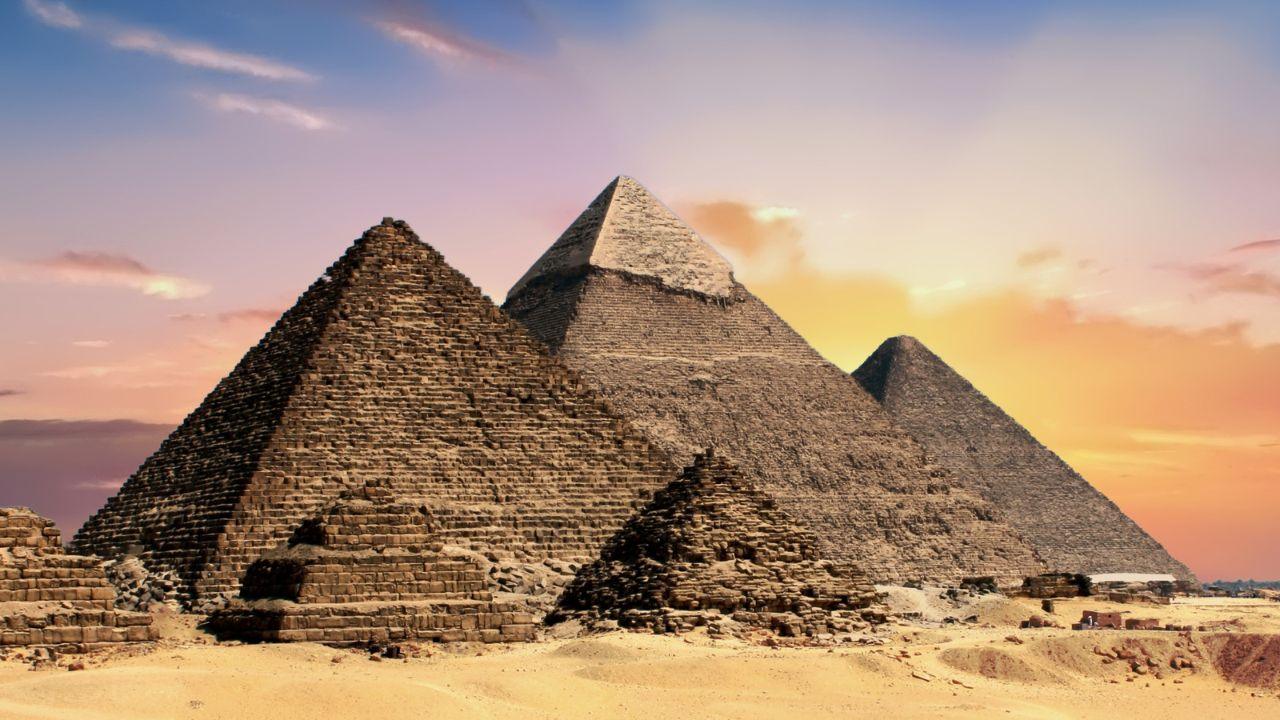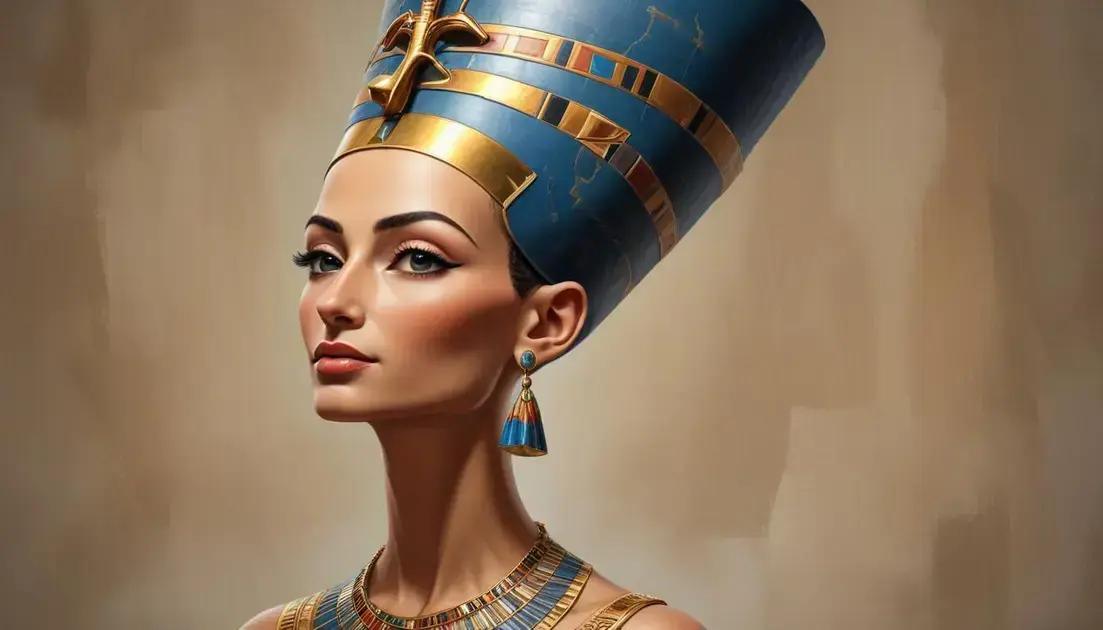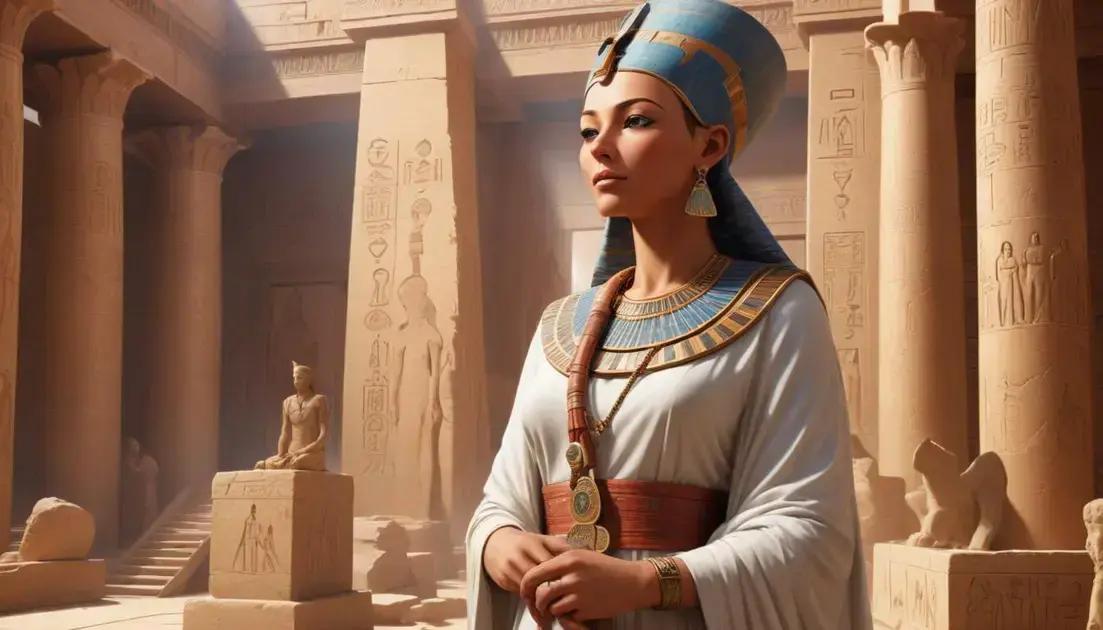
The Legacy of the Pharaohs: How Ancient Egypt Shaped Modern Culture
The pharaohs of Ancient Egypt, figures shrouded in both grandeur and mystery, continue to exert a profound influence on modern culture. Their legacy, etched in majestic pyramids, intricate hieroglyphs, and sophisticated societal structures, transcends millennia, shaping our understanding of history, art, science, and even our own aspirations. This enduring influence stems from a confluence of factors: their mastery of architecture and engineering, their patronage of the arts and sciences, their complex religious beliefs, and their enduring mystique.
I. The Architectural Marvels of the Pharaohs: A Testament to Ingenuity
The pyramids of Giza, arguably the most iconic symbols of Ancient Egypt, stand as testaments to the pharaohs’ unparalleled engineering prowess. These colossal structures, built over millennia, represent not merely tombs but also sophisticated feats of mathematics, astronomy, and logistics. The precision of their construction, the intricate internal chambers, and the sheer scale of the undertaking defy easy explanation, continuing to fascinate and inspire awe in modern engineers and architects. Detailed studies continue to reveal new insights into their construction methods, challenging previous assumptions and highlighting the advanced knowledge of the ancient Egyptians. The precise alignment of the pyramids with the cardinal directions, for instance, reveals a sophisticated understanding of astronomy that was far ahead of its time. Furthermore, the sophisticated internal ventilation systems within the pyramids demonstrate a mastery of air circulation that is still studied today. The challenges inherent in transporting and positioning the massive stone blocks, some weighing over 80 tons, continue to puzzle researchers. Modern attempts to replicate these feats using only ancient technologies have only served to amplify the sophistication of their engineering achievements. The discovery of worker’s villages near the pyramids has shed light on the complex social organization required to manage such monumental projects, further highlighting the impressive scale of pharaonic undertaking.
Beyond the pyramids, the pharaohs commissioned the construction of magnificent temples, such as those at Karnak, Luxor, and Abu Simbel. These structures, equally impressive in their scale and artistry, served as centers of religious worship, administrative hubs, and repositories of knowledge. The temples’ intricate carvings, depicting scenes from Egyptian mythology and daily life, provide invaluable insights into the pharaohs’ religious beliefs, social structures, and artistic sensibilities. The colossal statues of pharaohs, often carved from single blocks of stone, showcase not only the technical skill of the artisans but also the pharaohs’ self-representation as divine rulers. The use of monumental architecture as a means of projecting power and legitimizing rule remains a powerful element of political symbolism in modern society. The scale of these buildings continues to inspire awe, and their design features are analyzed and appreciated by architects and engineers even today. The application of mathematics and geometry in the precise design and construction of these temples, which often involved complex astronomical alignments, is a testament to their sophisticated knowledge and skill. The sophisticated irrigation systems, necessary for maintaining the oases where many temples were built, showcases further their understanding of hydraulic engineering. The longevity and resilience of many of these structures, despite the ravages of time, demonstrate the quality of their materials and construction techniques.
II. Artistic and Cultural Heritage: A Legacy of Aesthetics and Storytelling
The pharaohs were not merely builders; they were also ardent patrons of the arts. Egyptian art, characterized by its distinctive style and symbolism, significantly impacted subsequent artistic movements. The highly stylized representations of figures, the use of vibrant colors, and the emphasis on symbolic rather than realistic depictions all contribute to the unique visual language of ancient Egyptian art. Hieroglyphs, the ancient Egyptian writing system, are not just a record of historical events and religious beliefs but also represent an early form of artistic expression. The intricate designs and symbols used in hieroglyphs are aesthetically pleasing and have influenced typographic design and visual arts through the ages. The development of papyrus, a writing material made from a reed plant, was another important artistic innovation that allowed the widespread recording of literature, historical accounts and religious texts. The prevalence of scenes depicting daily life and activities within the tombs also sheds light on their social customs and practices.
Egyptian art found expression in various mediums, including painting, sculpture, jewelry making, and pottery. Wall paintings found in tombs, for instance, depict scenes of daily life, offering glimpses into the customs, beliefs, and activities of the ancient Egyptians. These paintings, characterized by their bright colors and stylized forms, provide valuable insights into the social, religious, and economic aspects of Ancient Egyptian society. The craftsmanship evident in the intricate jewelry and ornaments unearthed from tombs shows a high level of artistry and skill in metalworking and gemstone carving. The meticulous detail and symbolic meaning embedded within these items demonstrate a deep appreciation for aesthetic beauty and craftsmanship. The creation of statues of pharaohs, gods, and goddesses demonstrates a mastery of sculpture, with emphasis on conveying power, majesty and divine attributes.
The literary output of Ancient Egypt, while less voluminous than some later civilizations, is incredibly significant. The Pyramid Texts, inscribed on the walls of pyramids, offer insights into their religious beliefs and afterlife rituals. The literary tradition extends beyond religious texts to encompass secular works, including instructional manuals, love poems, and other forms of literature, demonstrating the diversity of their cultural expression. The literary works of Ancient Egypt also influenced the development of later literature, particularly in the themes of morality, justice and fate. The story telling capabilities of the Ancient Egyptians continue to inspire storytellers today, with its themes of good versus evil and divine intervention still prevalent in many forms of entertainment. The narratives presented through paintings and hieroglyphs were important forms of cultural transmission, informing the public about religious practices, history and political ideology.
III. Scientific and Medical Advancements: A Foundation for Future Discoveries
The pharaohs’ patronage extended to science and medicine as well. Ancient Egyptian physicians possessed a remarkable understanding of human anatomy, disease, and treatment, as evidenced by medical papyri like the Edwin Smith Papyrus, a surgical treatise considered one of the earliest known medical texts. Their knowledge of herbal remedies, surgical techniques, and diagnostic practices was surprisingly advanced for its time. The development of prosthetics, the use of splints, and various forms of wound care, demonstrated a surprising degree of medical sophistication. The understanding of the human body, as exhibited through the mummification process, further demonstrates an appreciation for the complexity of the human form. The mummification process itself reflects a sophisticated understanding of preservation techniques, as it involved a meticulous procedure requiring precise knowledge of anatomy and chemistry.
Ancient Egyptian mathematics played a crucial role in the construction of their monumental structures. Their understanding of geometry, trigonometry, and surveying was essential for the accurate alignment and construction of pyramids and temples. The development of a sophisticated system of weights and measures further demonstrates their knowledge of practical mathematics. Their contributions to astronomy are also noteworthy. The alignment of the pyramids and temples with astronomical events reveals an acute understanding of celestial movements. The detailed astronomical observations made by the ancient Egyptians contributed to their accurate calendar system, which was more accurate than the Julian calendar used in later Western societies. The observation of the movements of the stars and planets influenced their mythology, religion and their agricultural practices.
IV. The Enduring Symbolism of the Pharaohs: Power, Divinity, and Mystery
The pharaohs’ enduring influence stems partly from their symbolic representation as divine rulers. Their image, often depicted in majestic poses and adorned with elaborate regalia, projected an aura of power, authority, and divinity. This image, meticulously crafted and perpetuated through art and literature, shaped the perceptions of the ancient Egyptians themselves and influenced the way they interacted with their rulers. The divine authority attributed to the pharaohs was a powerful tool of social control and political legitimacy. This symbolism of divinely-sanctioned authority profoundly influenced subsequent political ideologies and systems of power. The portrayal of the pharaoh as a mediator between the gods and the people further reinforced their legitimacy and authority.
The mystery surrounding the pharaohs and their rituals only adds to their enduring appeal. Their elaborate burial practices, the construction of elaborate tombs, and the secrets they held within those tombs, have captivated imaginations for centuries. The enigmatic nature of hieroglyphs, only deciphered relatively recently, added to the mystique surrounding these ancient rulers. The discovery of new tombs and artifacts continues to fuel popular interest, with the recent discovery of new tombs and artifacts further feeding into the fascination surrounding ancient Egypt. The enigmatic smile of the Sphinx, and the mystery of the pyramids, have fascinated scholars and ordinary people alike for centuries.
V. The Legacy of the Pharaohs in Modern Times: Inspiration and Influence
The pharaohs’ legacy extends far beyond their era. Their architectural achievements, artistic expressions, and scientific innovations continue to inspire artists, architects, engineers, and scientists. The pyramids and temples remain powerful symbols of human achievement, reminding us of the potential for human ingenuity and creativity. Motifs from ancient Egyptian art and symbols are frequently incorporated into modern design, fashion, and popular culture. This enduring influence highlights the timeless quality of ancient Egyptian art and its continuing relevance.
The study of ancient Egypt has profoundly shaped our understanding of history, culture, and civilization. The discovery and translation of ancient texts have provided invaluable insights into ancient civilizations and societies, and have profoundly impacted our understanding of the world. The study of Egyptian history and culture provides valuable lessons about the development of societies, the nature of power, and the role of religion. The study of ancient Egyptian medicine and technology also continues to inform contemporary approaches to healthcare and engineering.
In conclusion, the legacy of the pharaohs is far more than just a historical record. It’s a living testament to human potential, creativity, and the enduring power of ideas. Their contributions to architecture, art, science, and spirituality continue to resonate in modern culture, reminding us that the achievements of past civilizations can serve as inspiration and guidance for our own endeavors. The mystery and intrigue surrounding their lives and their world continue to ignite our curiosity and drive our desire to explore and understand our shared history. The exploration and preservation of ancient Egyptian monuments and artifacts are crucial to ensuring that this rich cultural heritage continues to be appreciated and understood by future generations. Their legacy challenges us to strive for greatness, to explore the boundaries of human knowledge, and to leave behind a legacy of our own that will inspire future generations.


